
The Benefits of Compression Socks You Never Knew About
june 12, 2023 | 3 Mins Read
TABLE OF CONTENTS
At first glance, compression socks may look like ordinary socks that are designed with a tighter fit. However, these therapeutic garments can have far-reaching benefits for your body that you may not know about.
Whether you're an athlete or simply someone looking to maintain good health and prevent injury, it's worth learning more about what these special garments can offer. In this blog post, we'll delve deeper into the advantages of compression socks so that you can make an informed decision on whether they are right for you.
Wondering when should you use compression socks?
Compression therapy is used for a variety of clinical indications, mainly related to the circulatory system. Those who are looking to prevent injury or condition-related pain, such as varicose veins:
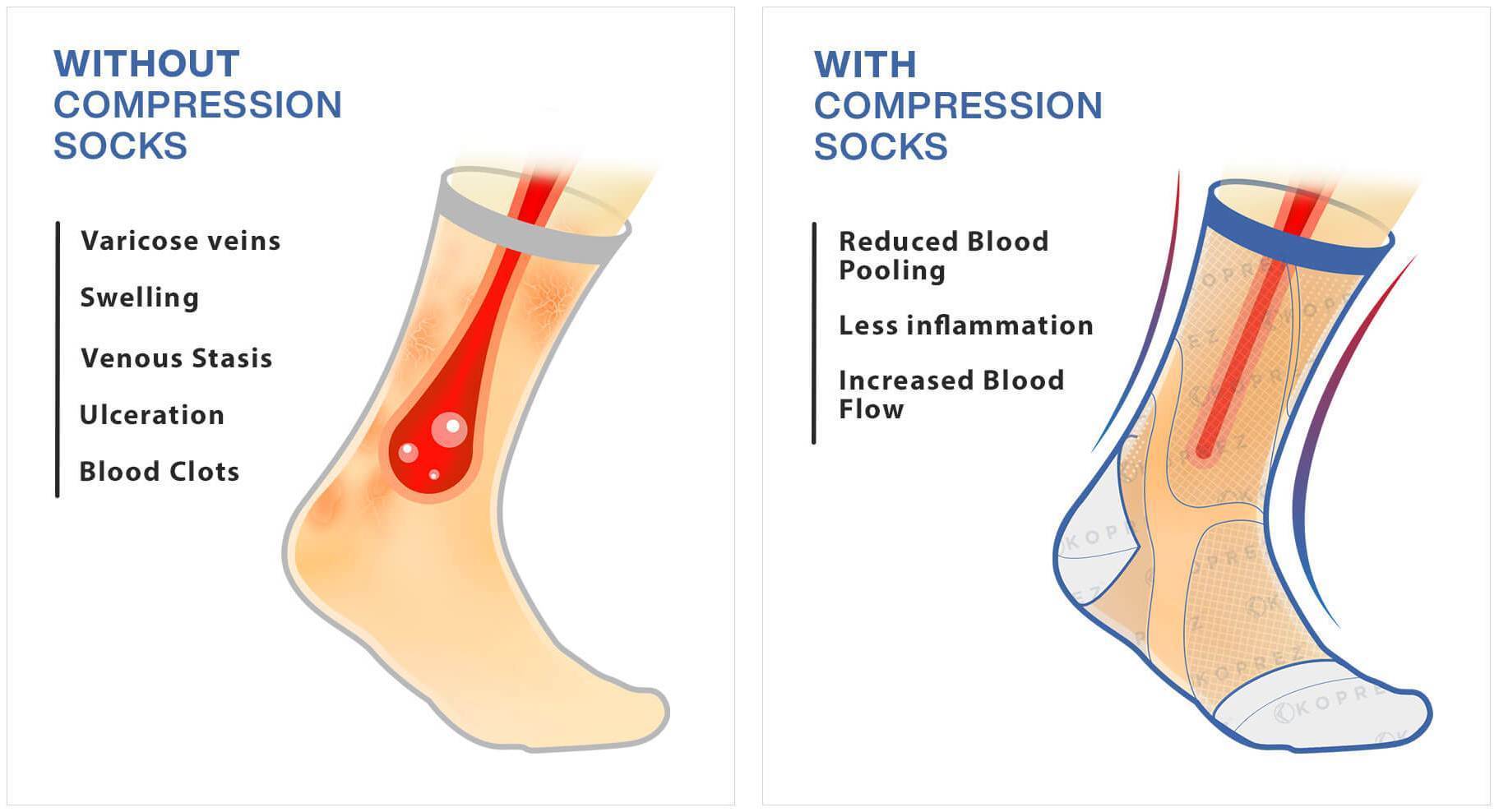
Compression socks are a special type of compression garments designed to provide graduated compression—tightest at the ankle and decreasing in pressure proximally—that helps promote blood flow in the veins and lymphatic vessels by reducing the diameter of distended veins and increasing their blood flow velocity. They socks come in different styles as well — from knee high socks to thigh-high variants.
Below are the types of compression socks you can pick from:
There's a ton of medical-grade benefits that compression socks can bring to the table when it comes to helping with circulatory issues. The main ones are:

Yes, there are potential downsides or risks associated with wearing compression socks. It's important to be aware of these potential issues:
When considering the tightness of compression socks for therapeutic use, it's important to take into account individual circumstances and any existing medical conditions. Here are some additional points to consider:
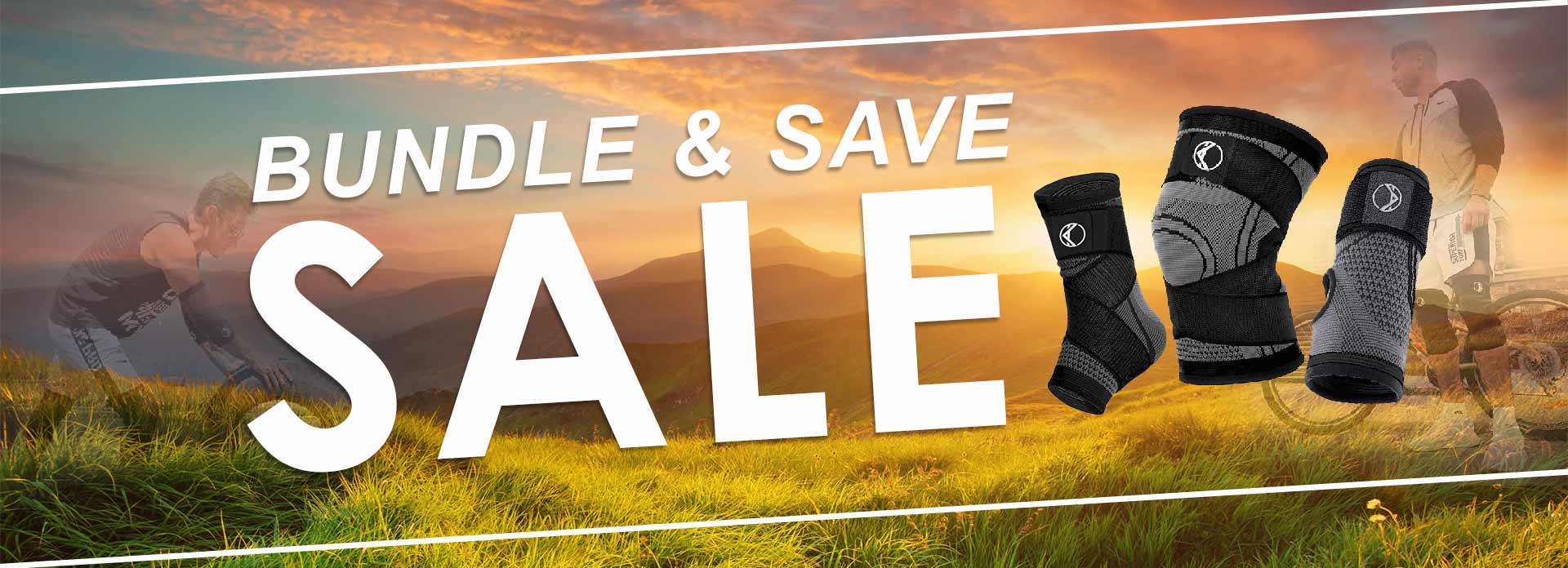

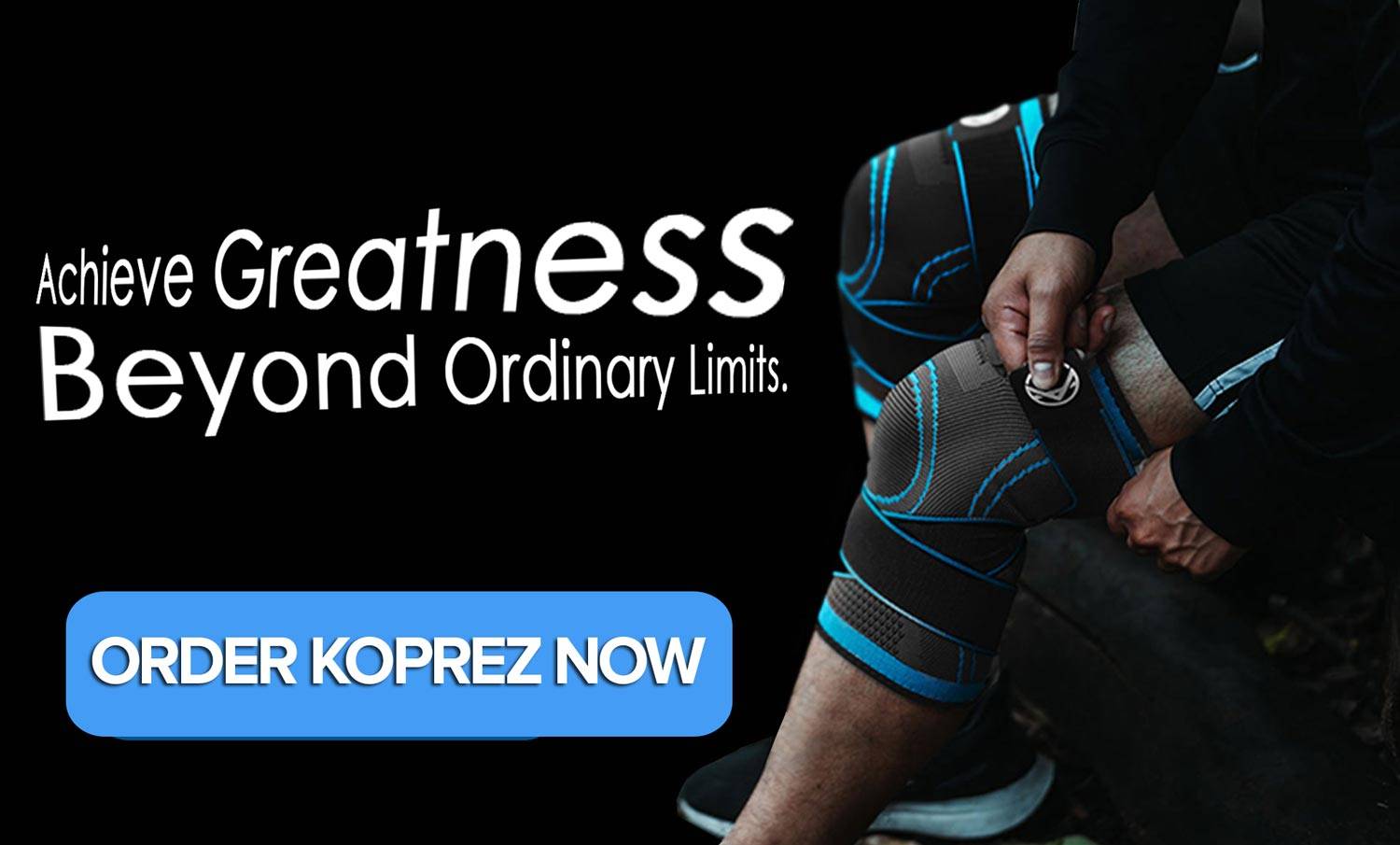



References
Author

Claire Evans worked as the content marketing manager at Koprez. Claire combined a background of writing and editing, marketing, and patient education to best serve consumers, fitness enthusiasts, athletes, and anyone who relies on the Koprez brand for helpful information.
Koprez® Featured Products
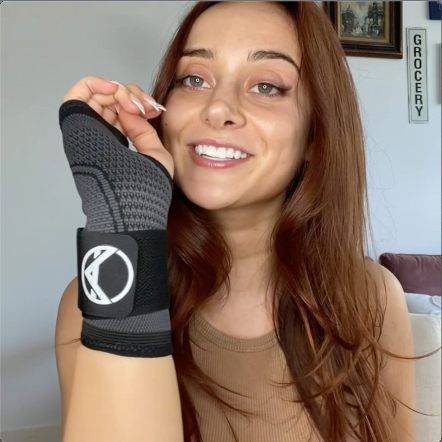

"I sprain my wrist super often, so I decided to try out this sleeve. This is game-changing! I've been using it for a while now, and my wrists feel amazing. I haven't gotten in any injuries since using it too. It just makes my wrists feel so supported."
Alexis A.
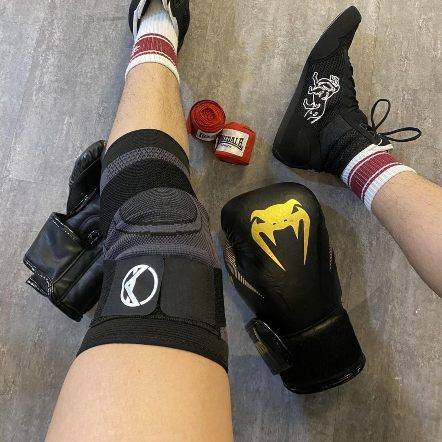

"Use this for my boxing training. It is a very comfortable brace and does not move out of position during skipping ropes and sparring sessions. I use it while running too. Probably the best brace I've purchased throughout the years. It is very flexible. Makes me look like a pro! :)"
Samuel L.


"I've just got back to running after a couple of years of being plagued by injury. These compressions socks are helping give me peace of mind while I build up my distance again. They are the perfect level of compression, super comfy, and very high quality. Feel great while on a run, and looks great in the orange colour I have!"
Dave R.
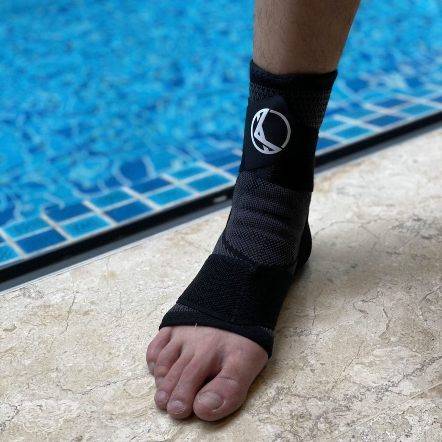

"I have a weak ankle, and the Koprez ankle sleeve has been a lifesaver. Wear it every day. Super breathable and comfortable. Like wearing a cool sporty looking sock!"
James F.
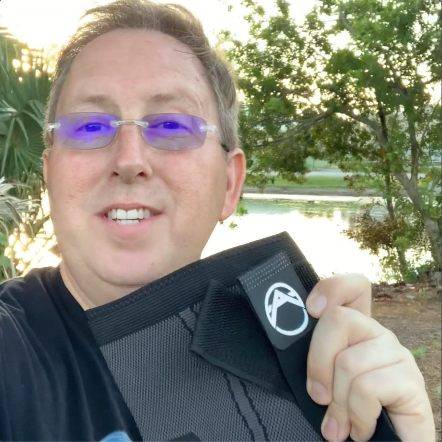

"This is the best knee sleeve I've ever tried. It's now a must-have for all my exercises. A few years ago, I had an accident that damaged my knees, but with Koprez I can be active again with no knee pains at all. It's been truly amazing!"
Alex M.
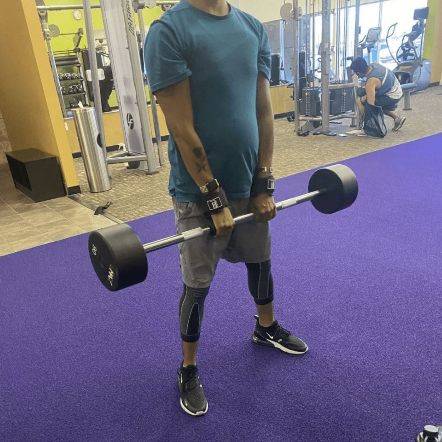

"One of the best purchases I've ever made. It fits your legs all the way from top to bottom, great snug fit, gives you support and definitely helps during rehab and training."
Rafael A.
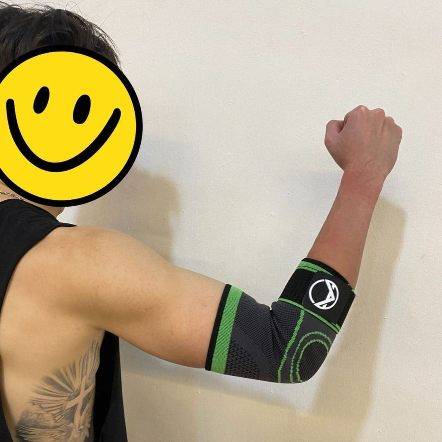

"I had a minor elbow injury, and Koprez sleeve was super supportive and definitely helped me recover faster. I still use the sleeve to prevent further injury. So far, so good. Very comfortable and does not feel hot at all. Highly recommend!"
Corey B.
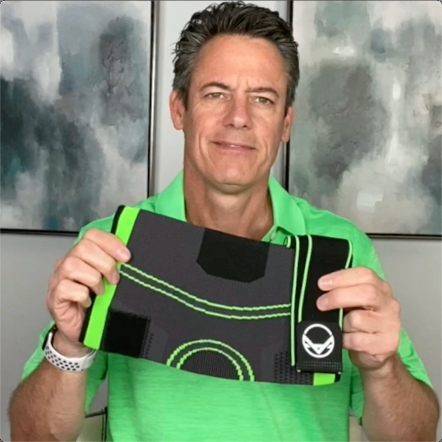

"It's really been a game-changer for me. It allows me to exercise a lot longer than I used to. Now my knees don't hurt, and they're not uncomfortable at all."
Mike P.
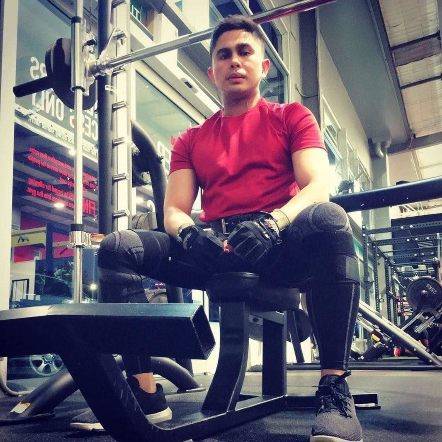

"Great product!!"
Harold
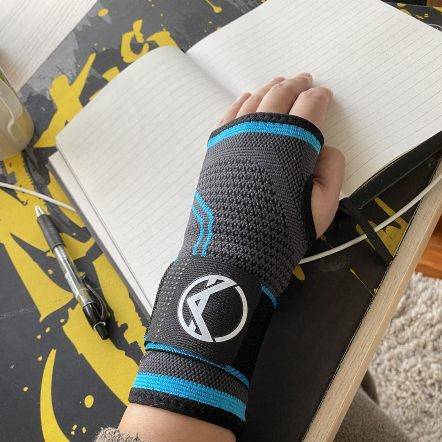

"I have carpal tunnel, and this brace has helped me work pain-free. Love the materials, and I can feel my wrists slowly getting better, even when I don't wear them!"
Christopher J.
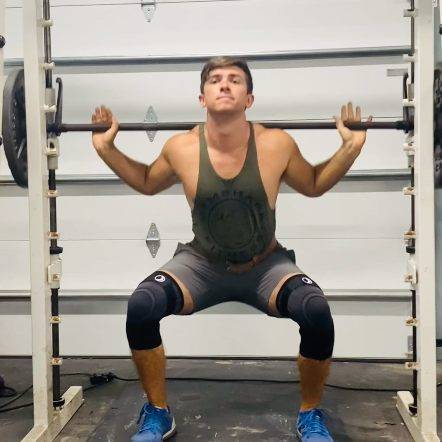

"I wanted to try out these sleeves to improve my squats and deadlift in the gym without worrying about injuring my knees. They stayed up throughout the entire gym session, and my knees feel super supported. Now I can do what I love for years to come. "
Corbin C.